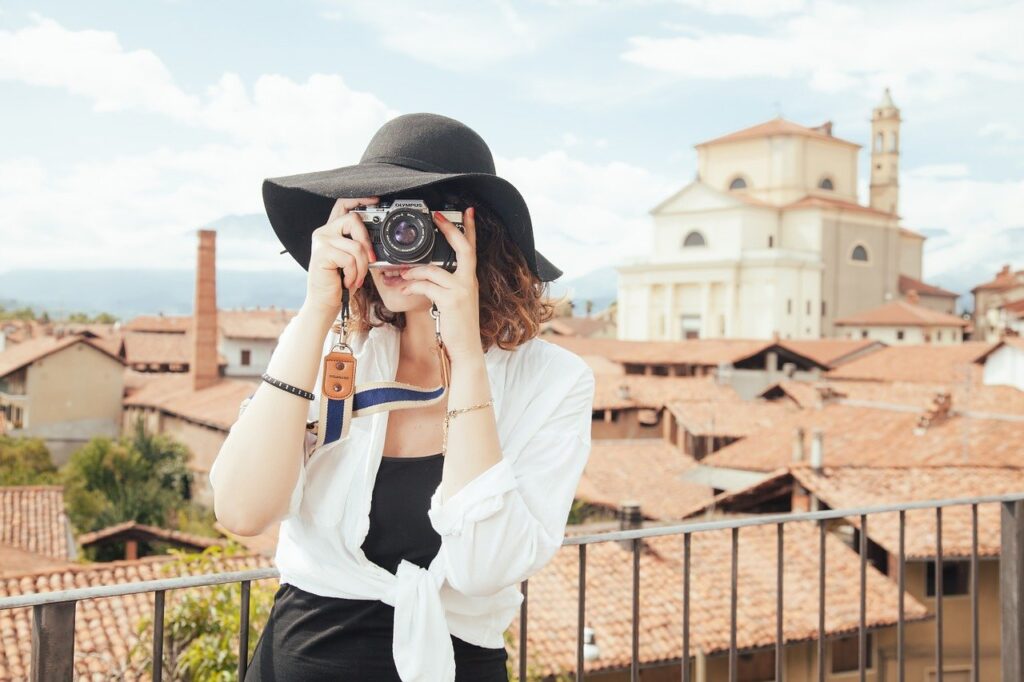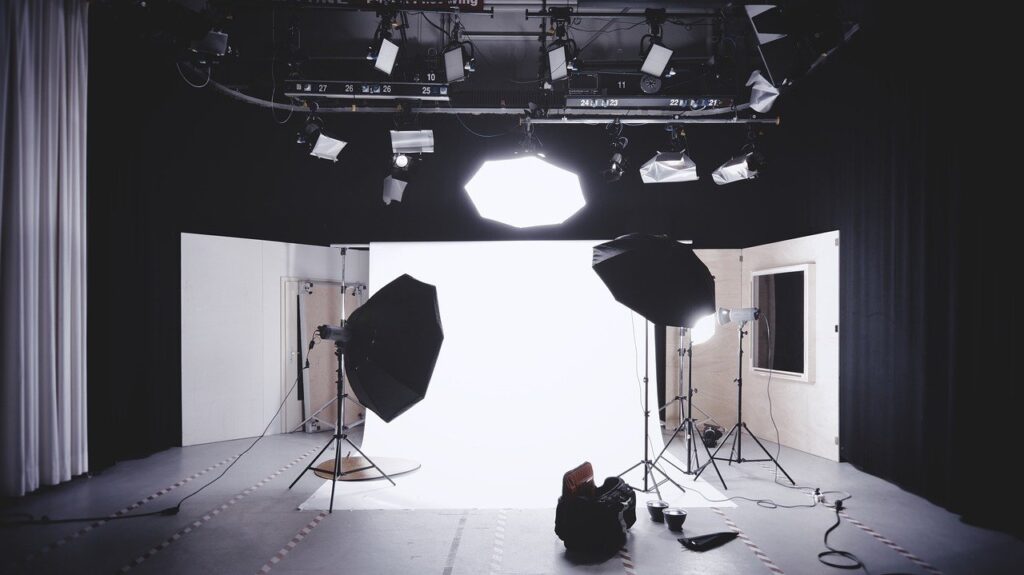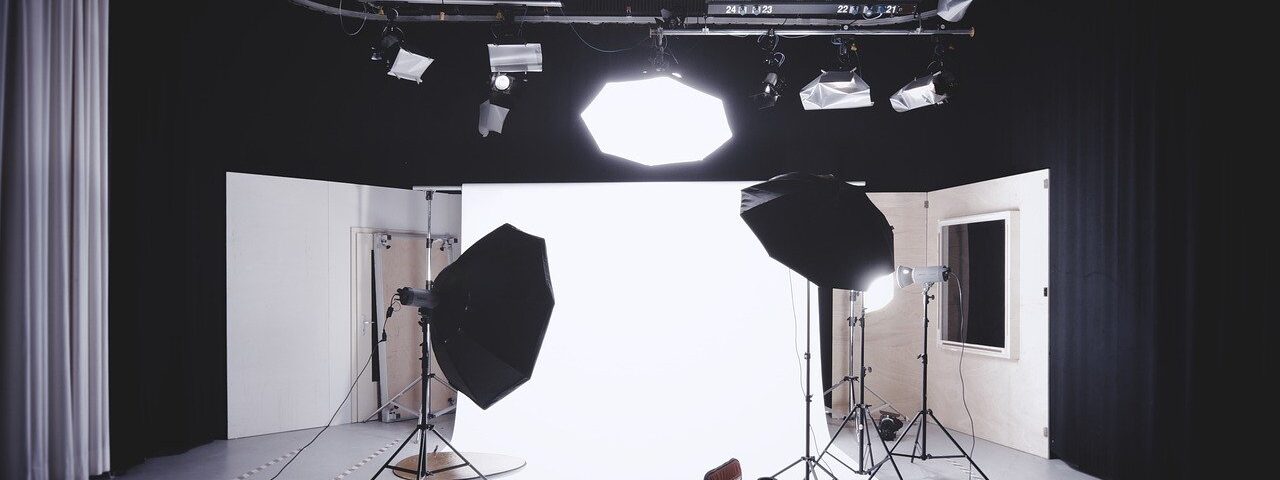So I hope you know not everyone is perfect, and we all make mistakes, to be precise, tons of mistakes, before becoming the real gangster in the field of Portrait Photography. I know how many mistakes it takes before getting your hands perfect on portrait Photography. So don’t worry, that’s why this article is right here, for you, so that you can learn and rectify what wrong are you doing and what’s exactly stopping you from becoming the best!
When we are talking about portrait photography, many amateur photographers make mistakes. If you have stepped your first foot in the field of Photography, it is only common to make these many mistakes, which is why they are some well-known mistakes in portrait photography. However, it is absolutely not a matter of concern as a beginner because portrait photography mistakes are elementary to rectify; once you acknowledge them while your practice and know what exactly they are, nobody is going to hold you back from clicking wonders and being the best in your job. Therefore, to improve your portrait photography skills, we will go through some of the common portrait photography mistakes and avoid them by sticking around this article till the end.

Here is the list,
#1 USING UNAPPROACHABLE BACKGROUNDS
Clicking your pictures with an unapproachable background will be your most common portrait photography mistake. Many photographers who are new to this genre of Photography lean towards focusing on the subject of the picture and don’t consider how the background they have chosen impacts the overall look and feel of the portrait.
Crowded backgrounds can distract the attention from your main subject, and even worse some backgrounds have no connection to your main subjects, making the outcome very confusing. For an eye-catching portrait, you must keep the relation between your background and your main subject in mind, and try to stay away from keeping busy and crowded public places in the background, which will require you to apply the blur effect on the background to bring the focus on the subject unless that’s what you wanted.
#2 KEEPING YOUR SUBJECT OUT OF FOCUS
A fundamental fact, who is your subject? This mistake is most likely to occur to portrait photographers who are clicking in a public place with people around or other distractions in the background. To make the subject the center of attraction, they apply blur in the background by adjusting the aperture to the widest setting.

#3 AUTOFOCUS IN ACTION
I agree that Autofocus is a handy tool for saving time and making it easy to set the scene for the portrait photographer, but I must remind you it is not the most convenient way to click portraits. The reason is portrait Photography needs a lot of detail, for which Autofocus isn’t the best idea and can result in unclear outcomes. Instead, you can use the Manual Focus, which will be much more beneficial for you as it will make your portraits look more focus-controlled, detailed, and less blurry after using the correct settings.
#4 PLAYING WITH THE WRONG LENS
As you have heard a lot, Photography is an art and very subjective, so technically, there can not be any right or wrong lenses to use. But it’s also imperative to use specific lenses to create those conventional shots you were looking for. If you are a beginner, I should suggest you avoid wide-angle lenses as these will capture more of the environment rather than your main subject, which can be a distracting element in a portrait. Wide-angle lenses will wrench the features.
#5 BAD LIGHTING
You can’t go on with the motto of “one-size-fits-it-all” when we talk about lighting in portraits, but it’s imperative to connect the type of lighting you are using and the type of portraits you are planning to shoot. For instance, hard and bright lighting might give a vibrant, dramatic look for a model wearing a high-end makeup editorial portrait. Still, it wouldn’t be suitable for a young person looking for a subtle, softer, natural portrait. Therefore, it’s a brilliant idea to go through your notions about what lighting will look good on the basis of your portraiture.
#6 SIGNS OF OVEREXPOSURE
A lot of budding photographers fall into this trap of overexposure as the in-build results of overexposure look like a more approachable alternative to the opposite. In reality, the outcome of an overexposed imaged will appear washed-out with all the saturated tones and have the colors of the portrait bleached, with the detailing almost abrupt. Hence it’s a nightmare to get the damage control done in post-processing. To avoid this disaster, remember that it’s better to underexpose than overexpose because you can fix it more easily in post-production.
#7 UNCLEAR COMPOSITION
This is one common mistake that portrait photographers learn to change with time. Photographers who are getting a grip on portrait photography will either leave too much unnecessary space around the main subject of your picture, or they will make it a tight frame around the subject’s face. The composition of the portrait really depends on what kind of picture you are trying to click, but avoid leaving too much negative space around the subject as this doesn’t help with the embellishment of the portrait.
#8 MISSING OUT ON THE DETAILING
Many photographers get so enthusiastic to go behind the lens and start clicking pictures that they forget the point to make sure that the main subject of the portrait should be perfect. Having a good amount of time beforehand of the shoot to set the hair that has gone messy, make sure that wrinkled garments are crease-free, and that outfit labels aren’t hanging out, which will make the portraits look unprofessional. Of course, these errors can be fixed in post-production, but why waste so much time while you can save yourself plenty of time editing by making sure your model is good to go before you shoot.
#9 LACK OF BRAINSTORMING
Many portrait photographers jump straight into the project and start shooting right away without first communicating with their model or subject. While Photography is an art form, there has to be a human element to it. To get the most out of the session and to make the experience more enjoyable for your subject, you should attempt to engage with them to make them feel comfortable posing for the portrait; this way, you are likely to elicit more emotion from them and make them look more authentic.
#10 DULL EXPRESSION
Dull eyes and expressions that don’t differentiate between any emotion can’t succeed in keeping your audience engaged. The eyes are the most crucial feature of our face. The eyes in a portrait hold the ability to grab attention very fast. Avoid this Portrait Photography mistake by focusing more on the eyes. Please communicate with your subject to bring out the actor in them. Yes – Portrait photography does involve acting to create masterpieces in the form of photos.
#11 USING THE FLASH IN A WRONG WAY
If you are shooting portrait Photography at night or in a studio, avoid the portrait photography mistake of using your camera flash. If you’re shooting at night, I believe that you’re doing it on purpose. You want that night or dark effect. Then, why fight it with your camera flash? It’s a better idea if you can use other light sources from a distance to throw light on your main subject, still maintaining the vibe of the night.

You can use reflectors or diffusers to control the lighting. But do not project the direct light from the tools that are in front of your subject’s face – your camera.

